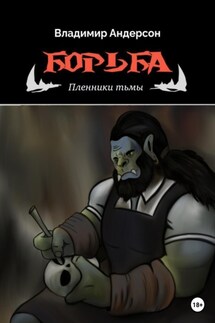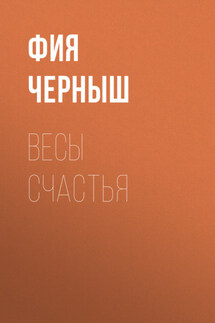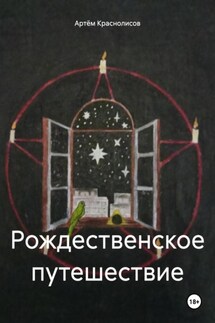Struggle: The Path to Power - страница 8
And Natasha noticed it well. Now she could see that she had almost completely finished this guy, and that if things continued in the same way, he would just give up on her – it was too hard for him to play such games. Now it was time to take things to another level.
On the table between them was a plate empty of soup, a good excuse to sneak up on her darling unnoticed. Natasha stood up from the table with the words "I'll put the plate away", walked around to his side and reached out her hand to the plate, stopped, and then slowly moved her lips to his. Generally there's some difference between those actions that one does "just for something" and those that one does because one is "drawn to do them" or maybe "it's bad to wait to do them". Such actions are somehow differently done: and the brain somehow seems not quite in control of them, and the colors change in the eyes, and even the air becomes different. All of this was happening to Natasha now, as her lips moved to his, and it seemed to her that she could feel nothing else but his lips.
Metropolitan
Triangular darkroom. A triangular dark table. A Black Stone pattern on each of the three walls. The surroundings are dark and there is no room to breathe.
There are two dark figures on each side of the table – six in total. Each is wearing a black robe with a hood and a white fang on his back. This is the religious council of the Empire, the Sacred Seim.
Religion of plagues on the sacred book "Zhakh". In its essence it was no different from the philosophy of the concept of humanity of the "Axial Time". But a number of generations of the holy church rewrote it, making changes in its favor and to strengthen the spiritual power. Earlier, even before the appearance of "Zhakh", polytheism was accepted in the plague state, and the church, as an independent organization, did not exist. All rites and rituals were performed by the priests of temples, who were not related to each other.
After the emergence of the Zhakh, the church also appeared: all the temples were united under one umbrella. Since then, the spiritual authority increased its pressure on public life and state affairs many times over. Any significant issue could be solved only with the assistance of the high priest and the Holy Sejm.
Twelve years ago the Holy Sejm approved the decree of the high priest-patriarch SilanZhakh. It dictated the infallible authority of the head of the Church of Plague (Nevrokh, the High Priest), his exclusive rightfulness as heir to the teachings of the Zhakh, and the sole interpreter of the will of the Black Stone.
This meant increased influence over all events, both church and non-church, to destroy witches and sorcerers and to counter heresy. This branch had wide powers in judicial proceedings conducted by the middle priests. After the Silan Jah, the Secular Sejm ceased to be secular, and the active branch of the Inquisition received a new breath of air, gaining the right to investigate heresy and witchcraft, while removing the state apparatus. This was the new principle of the law of the Grand Inquisitor Torquedoch.
Subject to trial:
Perpetrators of false notions about the holy church
Those guilty of practicing witchcraft and divination
Anyone who has been excommunicated and has not sought reconciliation
The harborers and intercessors of heretics









